Latest

Switching fiber optic cables from round to rectangular shown to enhance data speeds
Rectangular fiber optic cables could increase data transfer rates, benefiting telecommunications and quantum computing advancements.

Speaking multiple languages may benefit children with autism
Study finds that speaking multiple languages may improve executive functioning and reduce autism symptoms in children.
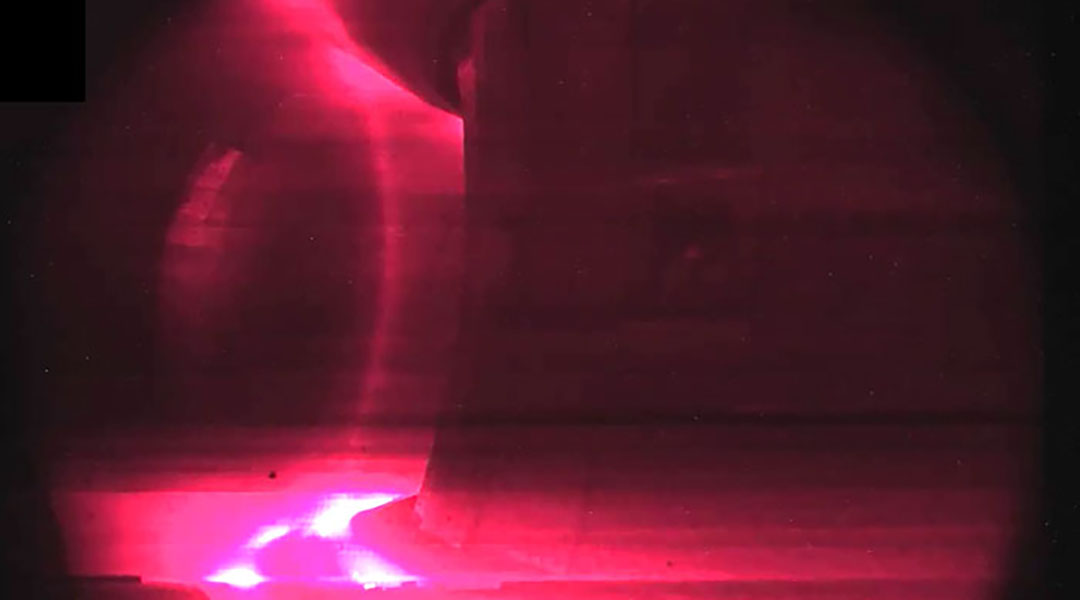
French WEST reactor breaks record in nuclear fusion
Scientists at the WEST tokamak in France set a new plasma duration record, bringing us closer to achieving nuclear fusion for clean energy.

A new method to track skyrmions, tiny magnetic whirls formed by atomic magnetism
Harnessing skyrmions’ random motion and low energy requirements, this discovery could lead to more efficient and powerful computing technologies.
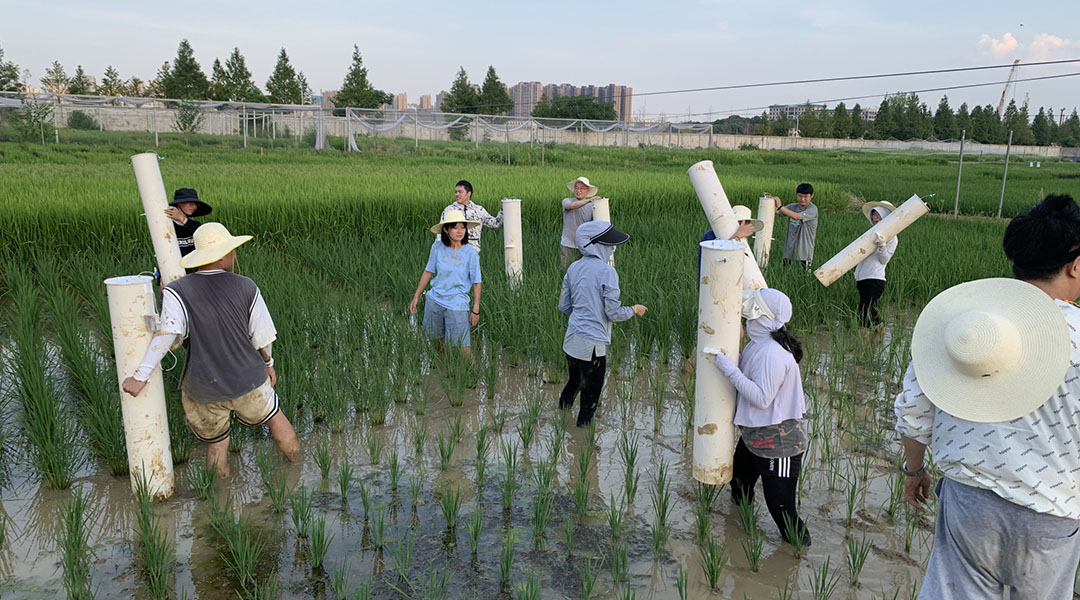
High yield, eco-friendly rice reduces methane emissions by 70%
A new rice variety that combines high yield with low methane emissions could help farmers tackle climate change.

Scientists identify the driver behind a mysterious particle cloud over the Amazon
A molecule emitted by rainforest plants plays a key role in forming mysterious aerosol particles in the region’s upper troposphere.

Hollow planets could help find primordial black holes
Small primordial black holes could have consumed the interiors of planets or asteroids, leaving their outer shells intact.
ASN Weekly
Sign up for our weekly newsletter and receive the latest science news directly to your inbox.
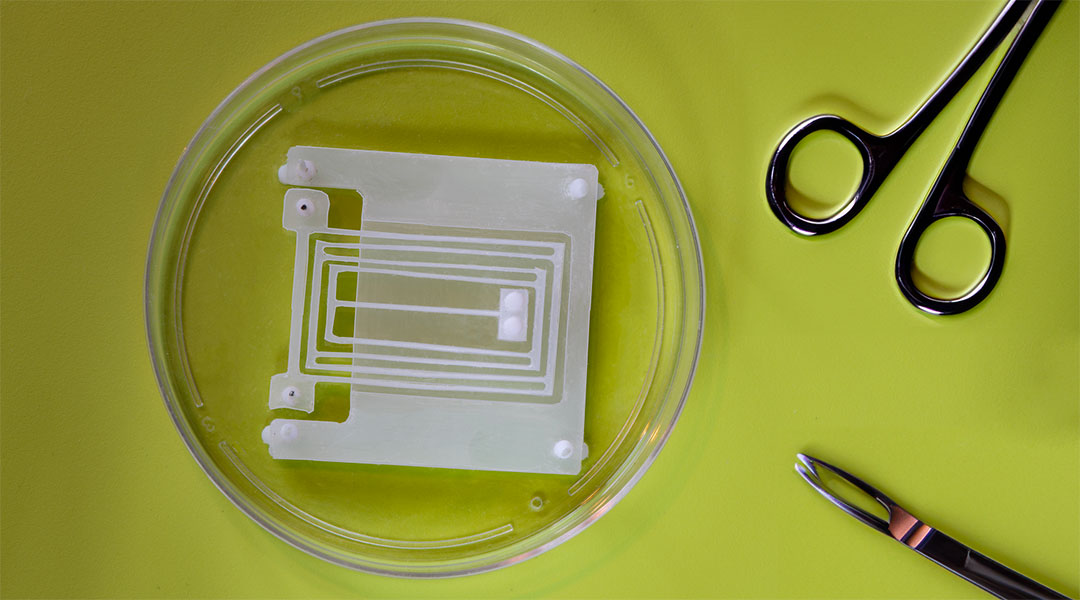
Future biohybrid robots to be powered by living muscle tissue
These biohybrid machines combine robotics with living tissues to create flexible robots powered by biology.
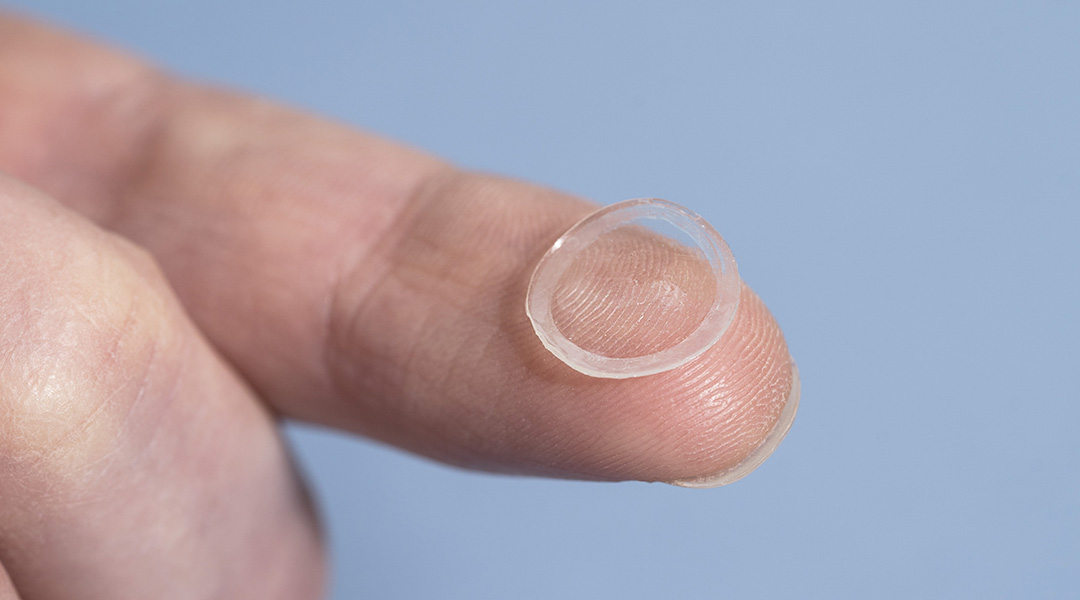
These “living” contact lenses self lubricate to avoid dry eyes
Bacterial biofactories embedded in the rim of the lens continually produce hyaluronic acid, a natural lubricant, to keep the contacts moist.
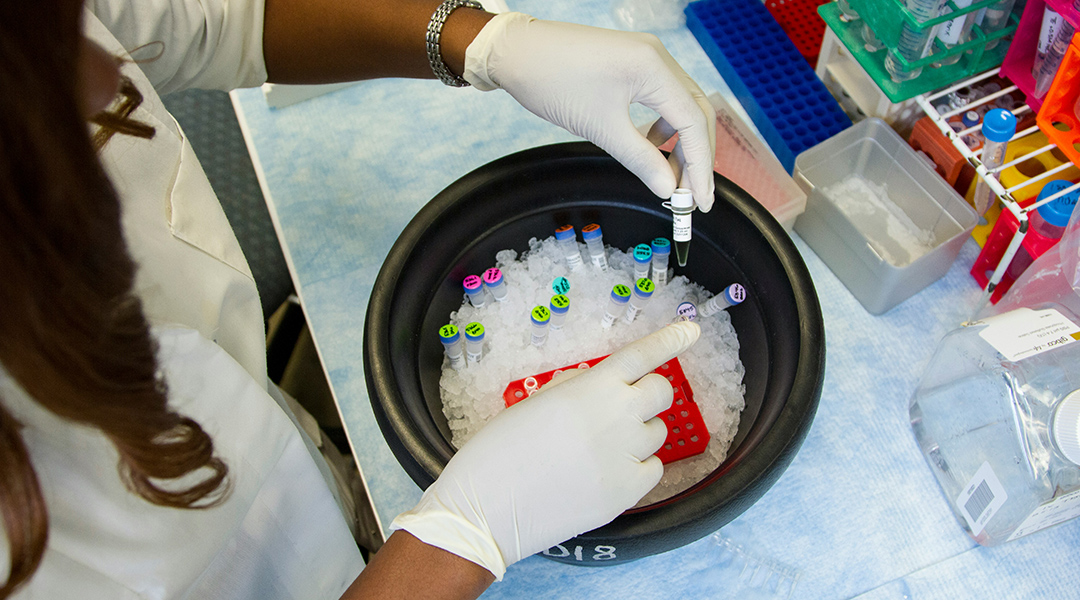
Blood test diagnoses osteoarthritis eight years before symptoms
Typical diagnosis is through X-rays, but this new test has the potential to spot osteoarthritis before joint damage appears.
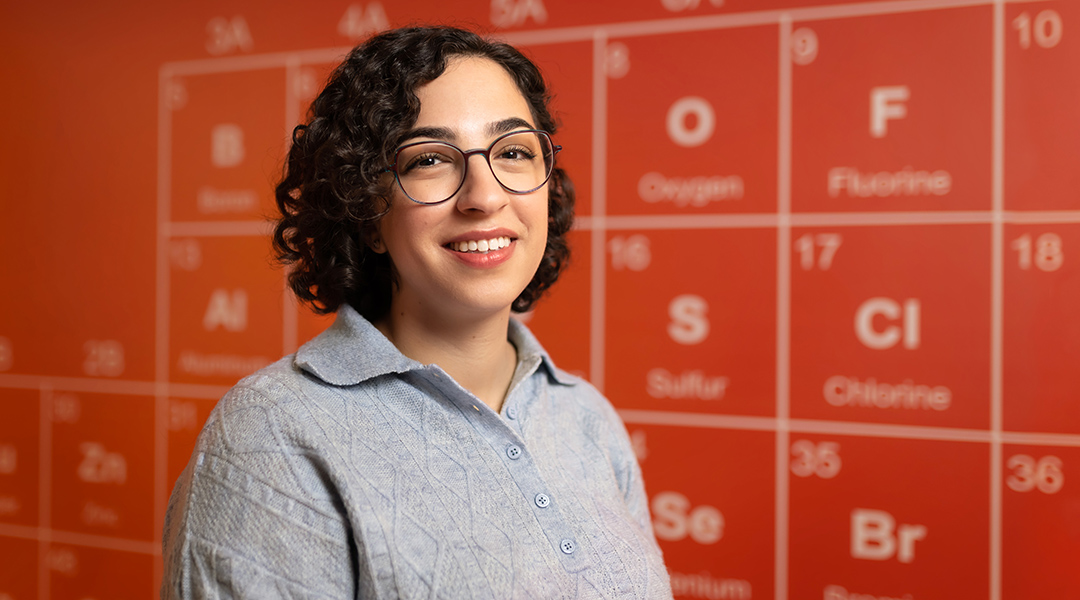
Shira Joudan, tackling PFAS and environmental contaminants with chemistry
Chemist Shira Joudan discusses environmental contaminants, setting up at a new university, and building a supportive community.
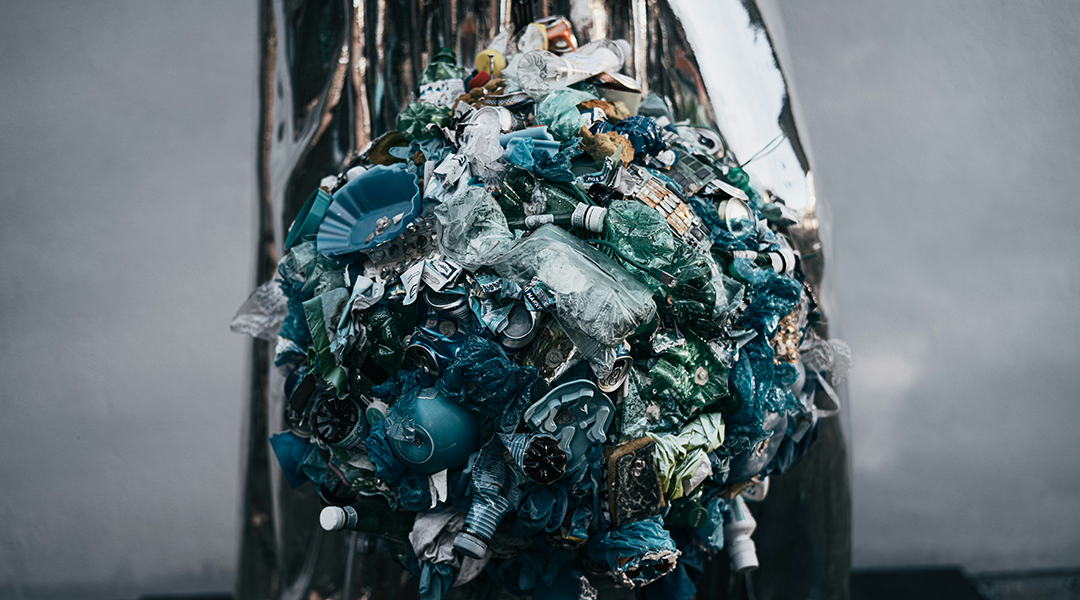
New plastic recycling method captures carbon
A closed-loop process for making and recycling polycarbonate plastic also captures carbon to reduce waste and cut emissions.

AI lie detectors lead people to make more false accusations, study finds
Participants with lie-detecting AI were more likely to trust it, more readily agreeing when it falsely labeled something a lie.

Modern crop seeds are not ready for climate change
Traditional means farmers used to use for seed selection and preservation may help us cultivate more resilient food in a changing climate.
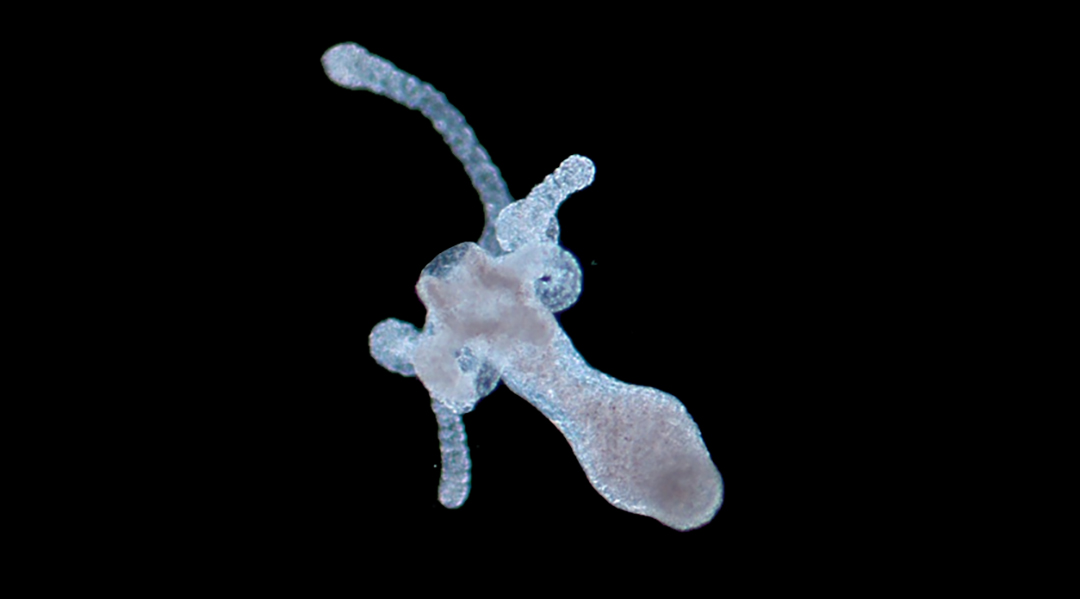
Gold nanoparticles help hydras regrow their heads
Gold nanoparticles and near-infrared light speed up regeneration and reproduction in hydras, providing insights for regenerative medicine.
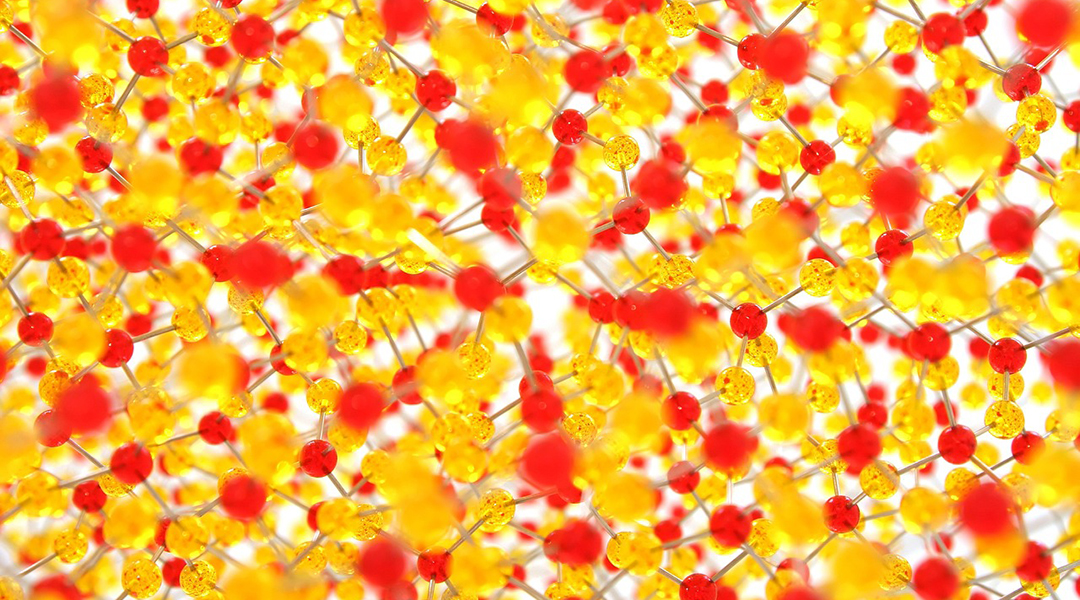
New computer solves complex problems by physically mirroring the systems it’s trying to solve
An Ising machine built on lattice defects solves problems faster than conventional computers without the drawbacks of quantum systems.
No Results Found
The page you requested could not be found. Try refining your search, or use the navigation above to locate the post.
No Results Found
The page you requested could not be found. Try refining your search, or use the navigation above to locate the post.
No Results Found
The page you requested could not be found. Try refining your search, or use the navigation above to locate the post.
No Results Found
The page you requested could not be found. Try refining your search, or use the navigation above to locate the post.
No Results Found
The page you requested could not be found. Try refining your search, or use the navigation above to locate the post.
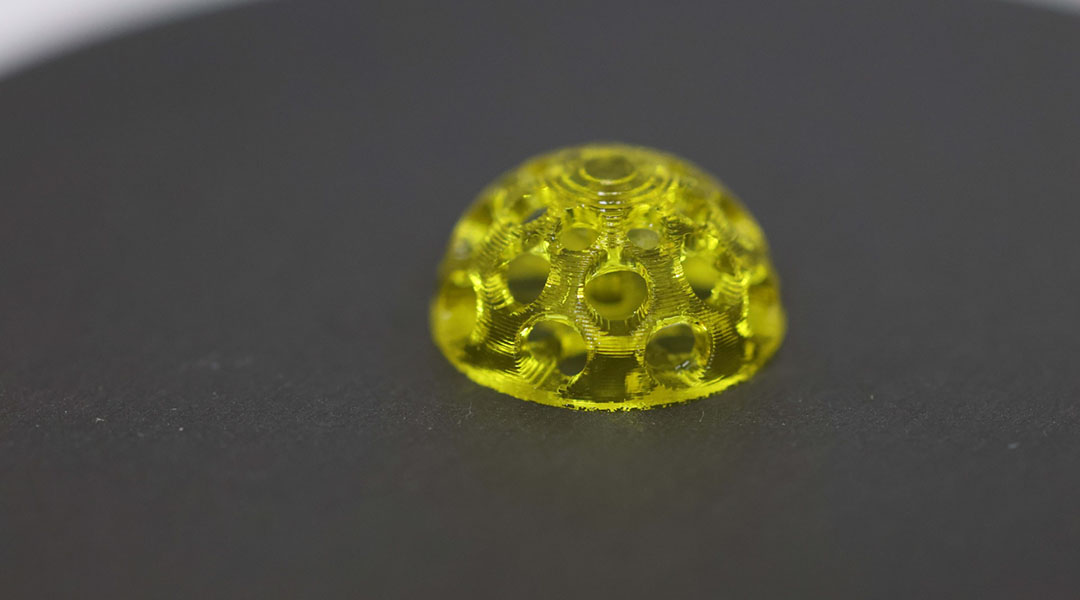
This 3D-printed breast implant could help stop breast cancer relapse
The customizable implant releases an anticancer drug in the presence of new tumors that might go undetected by MRI.
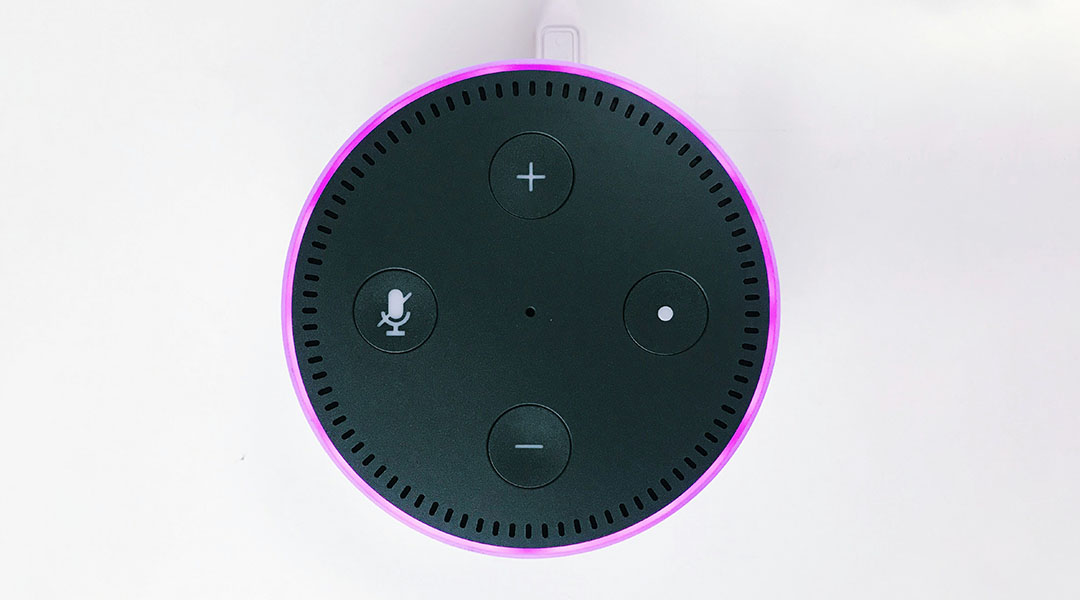
Do voice assistants help alleviate loneliness?
Scientists explored whether evidence backs up the growing belief that voice assistants like Alexa can alleviate loneliness, especially in the elderly.
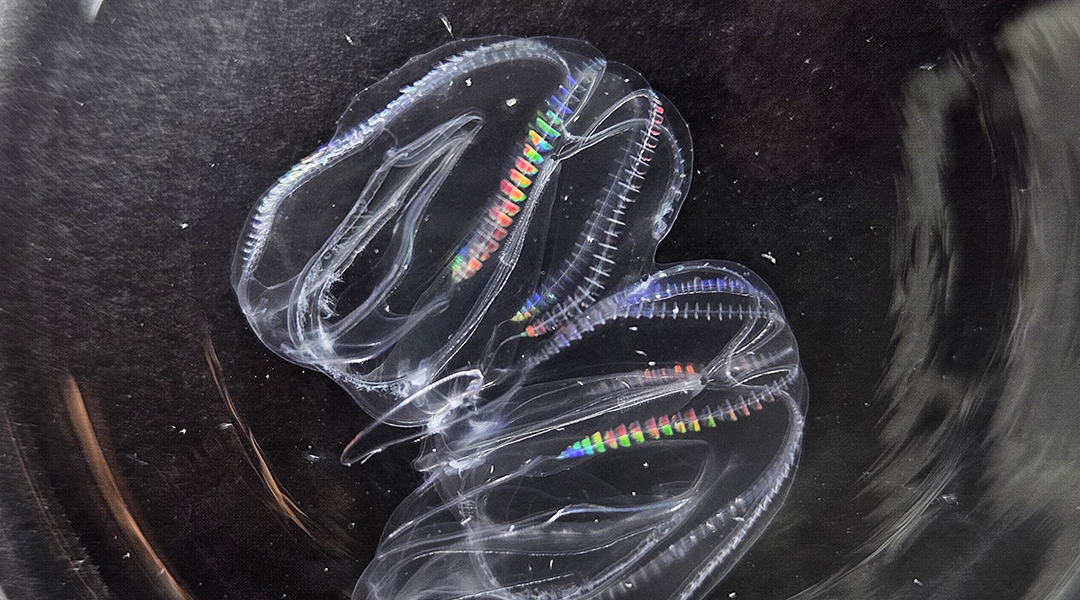
Fused comb jellies share their secrets of regeneration
Two individual comb jellies can fuse into a single organism, providing an incredible feat of regeneration rarely seen in the animal world.
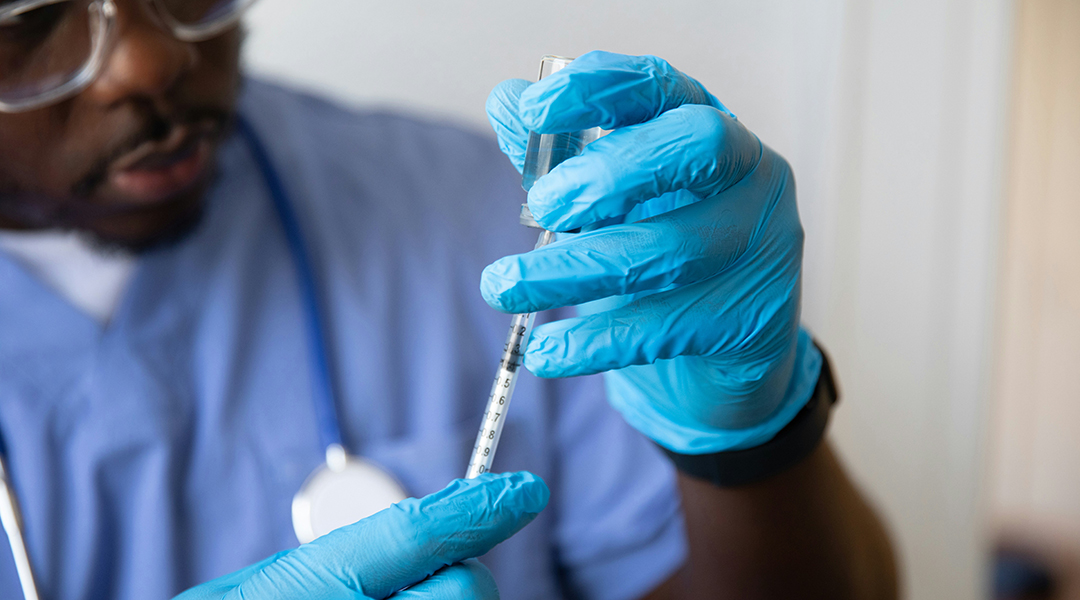
Enzymes help engineer safer, more effective vaccines
Researchers use enzymes to link antigens and adjuvants, creating safer and more effective vaccines by lowering the required adjuvant dosage.
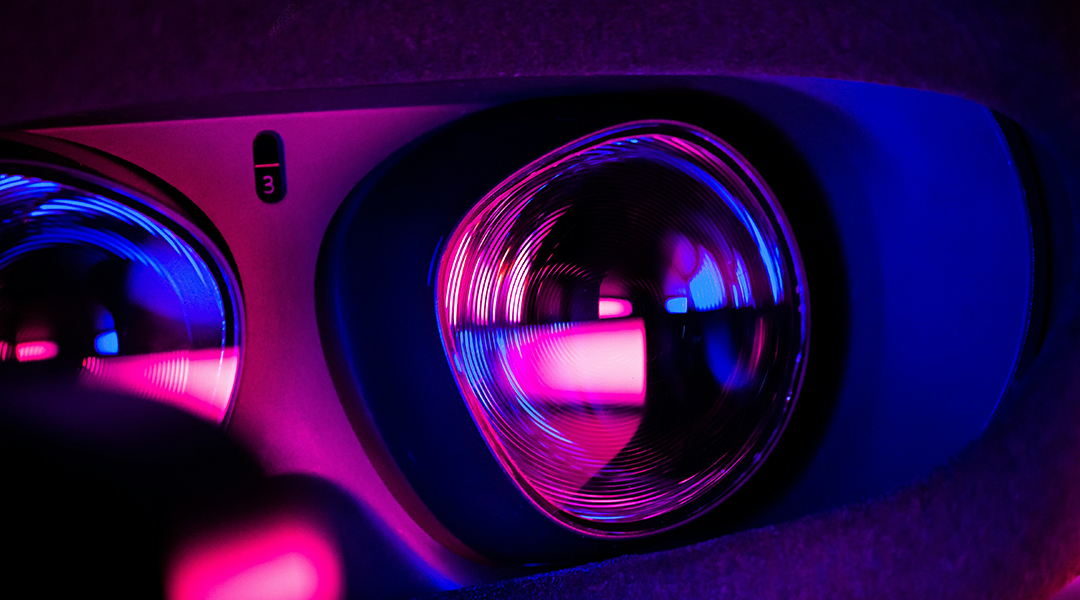
Contact lenses bring 3D holograms to life for augmented reality
A better way to fabricate metasurfaces allows scientists to create contact lenses capable of projecting 3D holographic images.
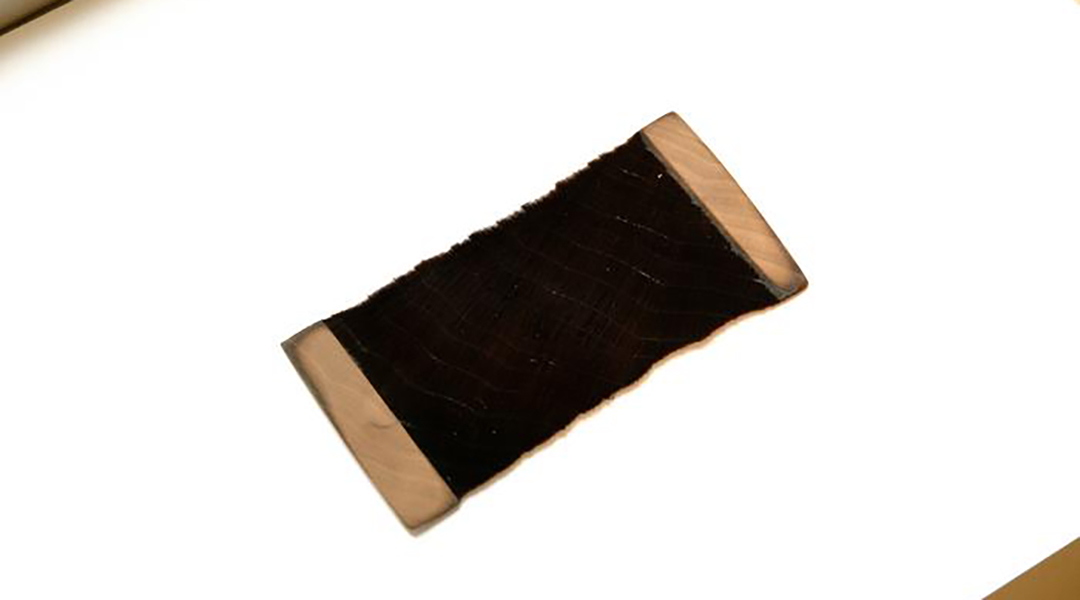
Super-black material created from etched wood
This material absorbs more than 99% of the light that strikes it, making it useful in applications ranging from solar energy to astronomy.
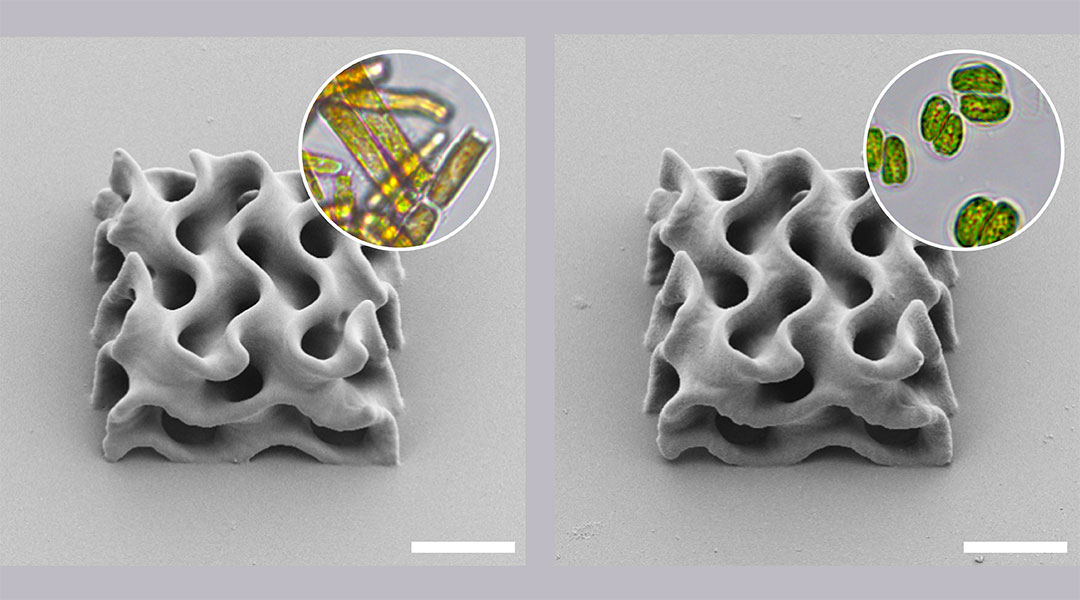
3D printing goes “green” with microalgae ink
A search for environmentally friendly inks led researchers to microalgae biofactories, providing a renewable biomass solution.
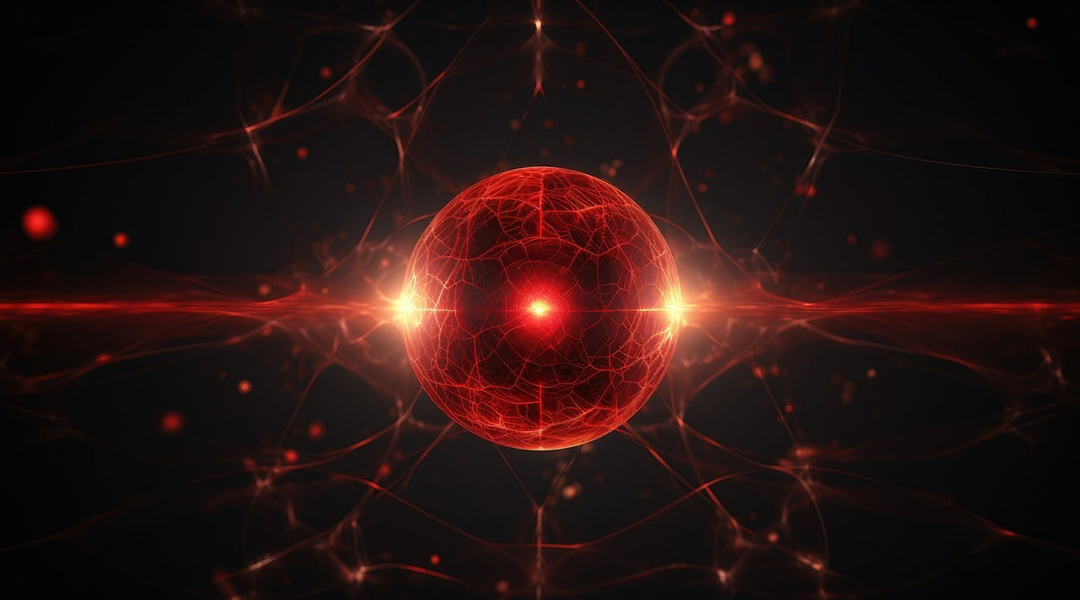
The next big thing in tech could come from these tiny light absorbers
When the light absorbers are made very small, almost all the device performance metrics improve—but doing this is easier said than done.
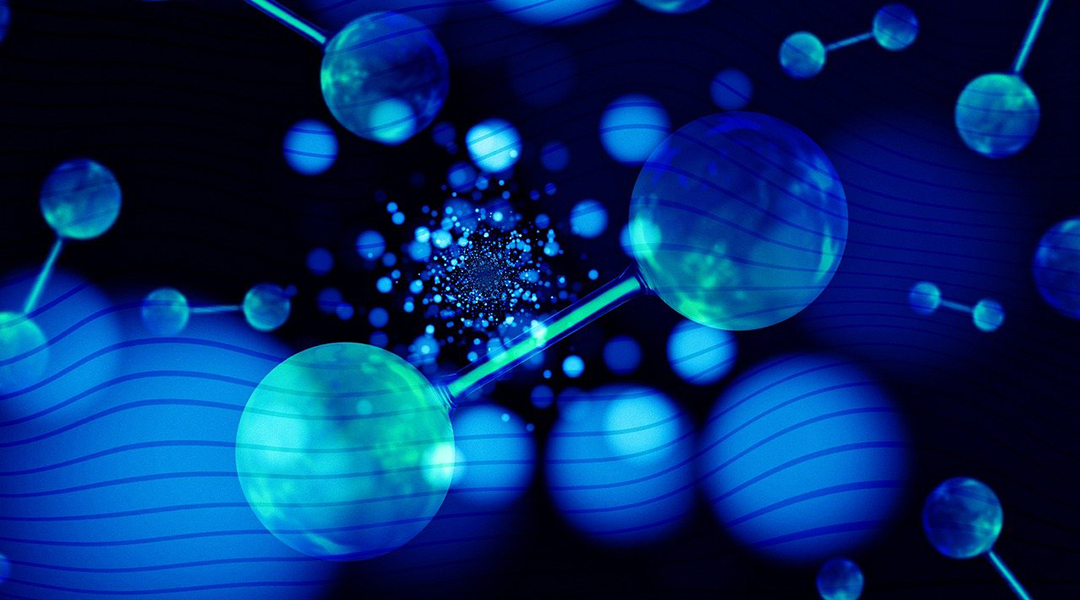
Pulling clean hydrogen fuel from seawater
A new electrolysis device could transform the way we produce hydrogen fuel from seawater, addressing challenges that hindered this process.
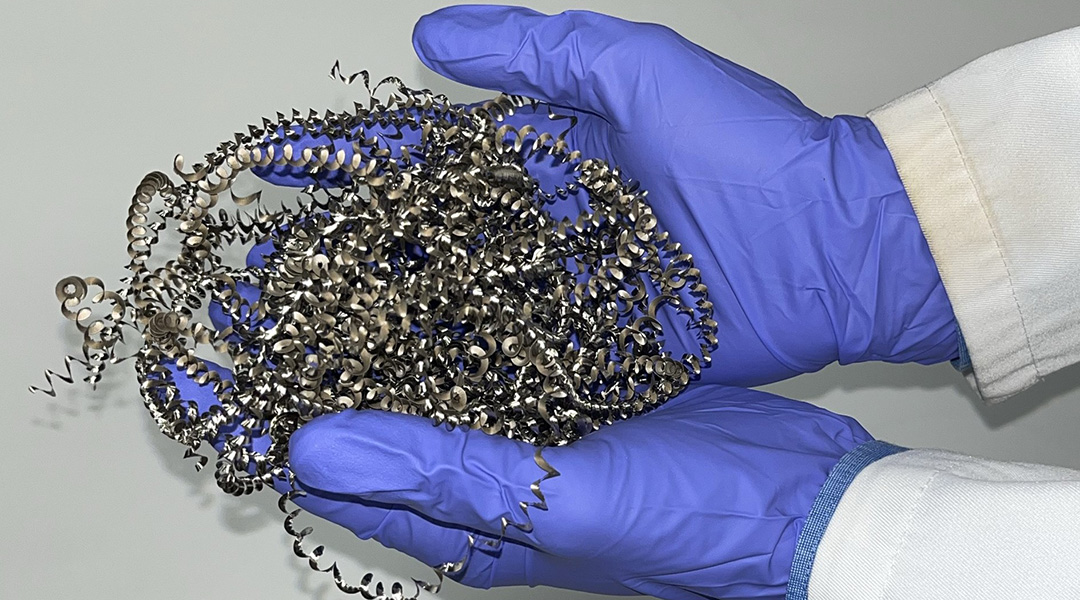
Turning industrial waste into clean hydrogen fuel
New technique uses waste metal shavings to catalyze hydrogen production, turning nothing but trash and water into clean, renewable fuel.

Fluorine helps make PET plastic waste easier to recycle
Pre-activation of plastics with fluorine-containing molecules disrupts their stability, making them easier to break down and upcycle.
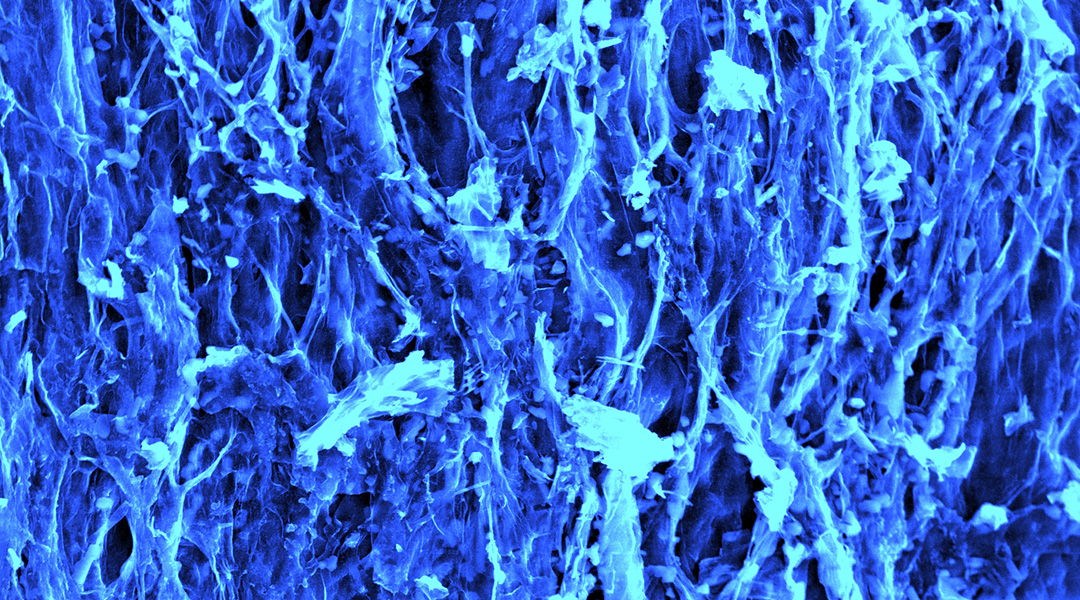
Mushrooms could be the next big thing in energy storage
Scientists are using carbon filaments from mushrooms in supercapacitors, paving the way for a sustainable energy future.
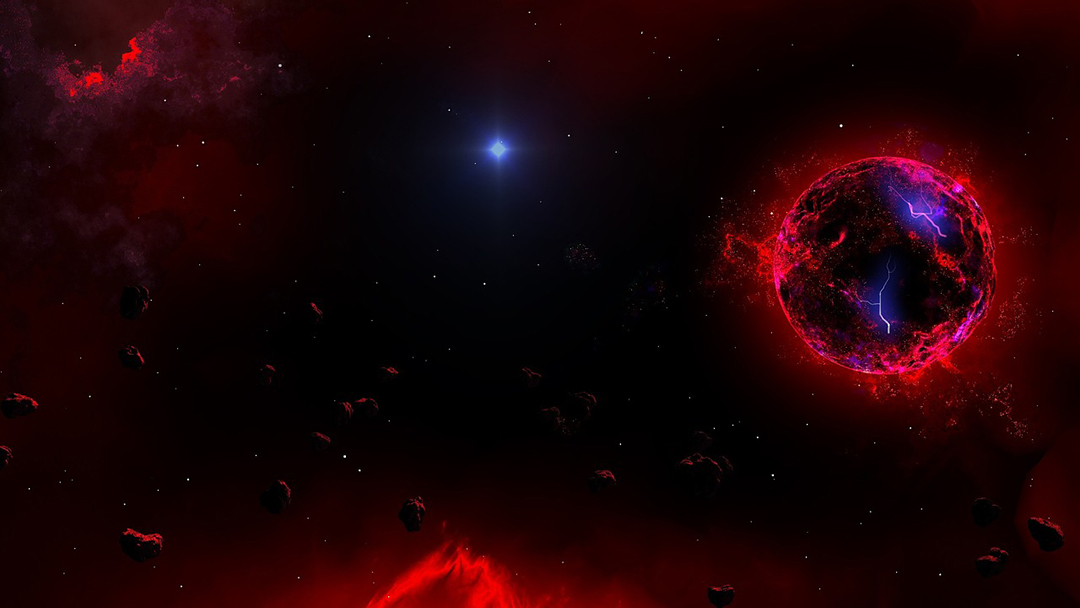
Neutron stars could be the gateway to dark matter
Could neutron stars hold the key to observing dark matter? Researchers believe studying them might one day reveal this elusive substance.

Beijing Collider helps scientists probe discrepancy around an elusive hadron particle
New insights into the decay of a hadron particle known as a charmonium could potentially reshape our understanding of particle interactions and challenge existing theories.
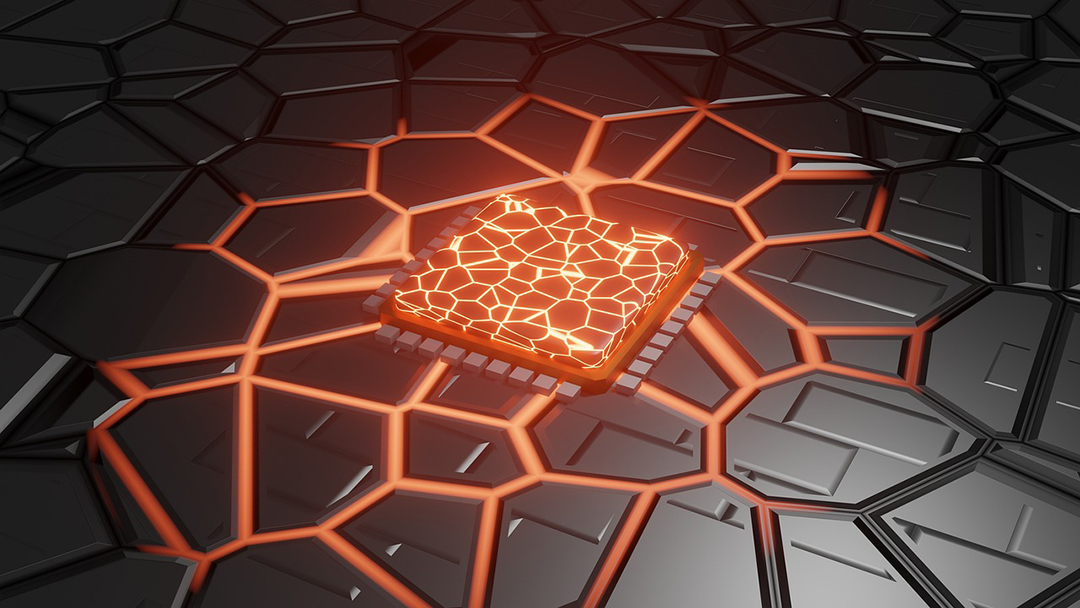
Diamond helps build efficient 3D computer chips
Tackling heat transfer, diamond layers help build 3D circuits with lower power consumption, faster signaling, and increased performance.
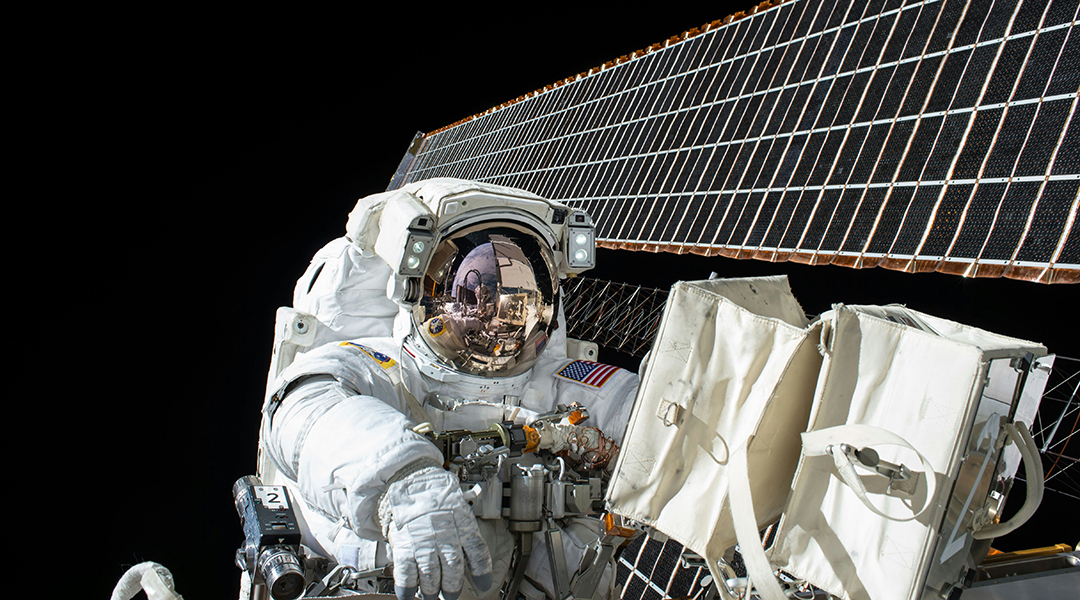
An organ-on-chip simulates the effects of cosmic radiation on astronauts
Future astronauts may be protected from galactic cosmic rays thanks to a novel organ-on-chip system containing interconnected human tissue.
